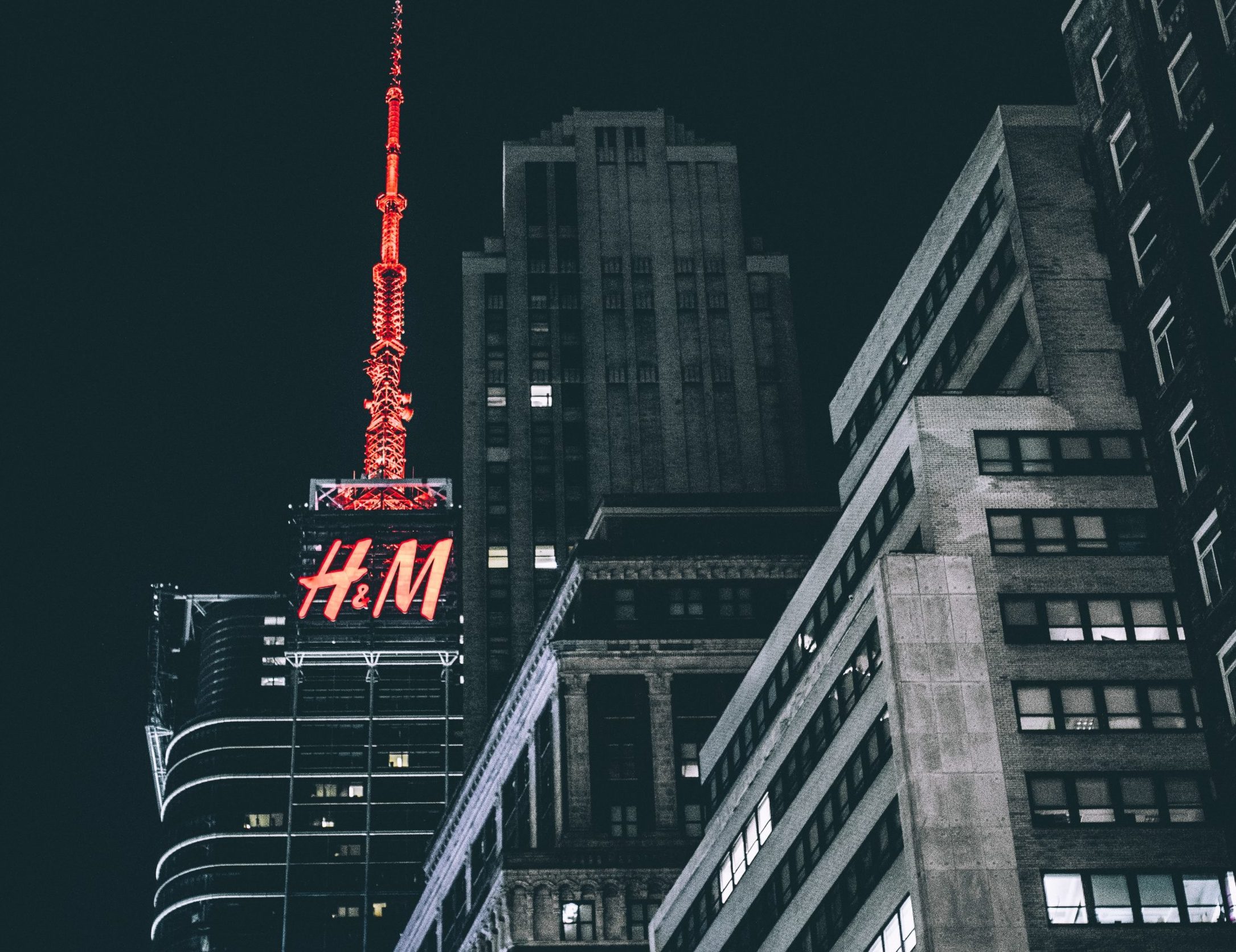
H&M is a fashion brand that made headlines in January 2018 for a controversial hoodie campaign. In the campaign, a young black child was photographed in a hoodie bearing the slogan “Coolest Monkey in the Jungle.” Comparisons to monkeys are considered deeply offensive to black people, due to a long history of dehumanization against blacks.
Once backlash became widespread, the brand apologized and pulled the advertisement. Selective outrage followed. Some groups temporarily boycotted the brand, but winter would have us back in line for their fine line of outerwear. The brand managed to stay under the radar and out of controversy for about a year and a half, but another temporary boycott may fall over their consumer base.
This September, the brand released its fall children’s line. The campaign was like any other children’s catalog: A diverse group of elementary school-aged girls beamed into the camera, appearing to be proud of the brand’s outerwear. The campaign was rather benign until consumers honed in on the black child’s hair.
Apparently, when H&M missed the history lesson on primates and the black community, they also missed the history of hair politics in the black community. Black hair remains a controversial topic in the black community, mainstream media, and corporate America, so it’s hard to believe that H&M was unaware that the advertisement would garner backlash. So, why would H&M portray a black child in such a manner?
The part of the advertisement that most responders didn’t see was the other models sporting the same messy hairstyles and the black woman that put the campaign together. In an Instagram post, H&M’s Head of Inclusion and Diversity addressed the controversy. The woman posted a side-by-side comparison of her childhood picture with the young model’s photoshoot and mentioned that if “[she] weren’t so fearful of society’s response, [she too] would embrace and celebrate [her] hair as it grows out of [her] scalp.”
Kinky hair has been taboo in our society for centuries. The rejection of black hair is present in corporate policy, school dress codes and basic social interactions. Hair insecurity has been programmed into us, so I can understand how the advertisement may have been misconstrued.
In an interview with the Student Affairs advisor for Black Student Achievement, Jasmine Kelly, pointed out that “black hair is a politic [and] those politics are rooted in respectability.”
“A 4c [hair] type was going to [societally] be seen as more unkempt,” Kelly said.
I can see all sides of the debate. As someone with thick, coarse hair who wouldn’t wear it in its natural state, I resonate with the internal cringe that comes with seeing this child with “uncombed” hair. I grew up dreading wash day. I had a relaxer in elementary school. I left “curly” tutorials discouraged when my hair didn’t spiral. I hated seeing my hair after shrinkage left me with the dreaded baby ’fro.
While I understand the backlash and the initial reaction, at a certain point, we have to change the narrative. Even though we didn’t create the stigma around kinkier textures, we perpetuate it by passing it on to our children, by telling them that if your hair isn’t a certain style or texture, it is inadequate.
We shouldn’t maintain this standard of beauty that excludes us and the children we create. We shouldn’t spew that hatred and create a complex in that little girl. We should give that baby a chance to be as carefree as her peers.
